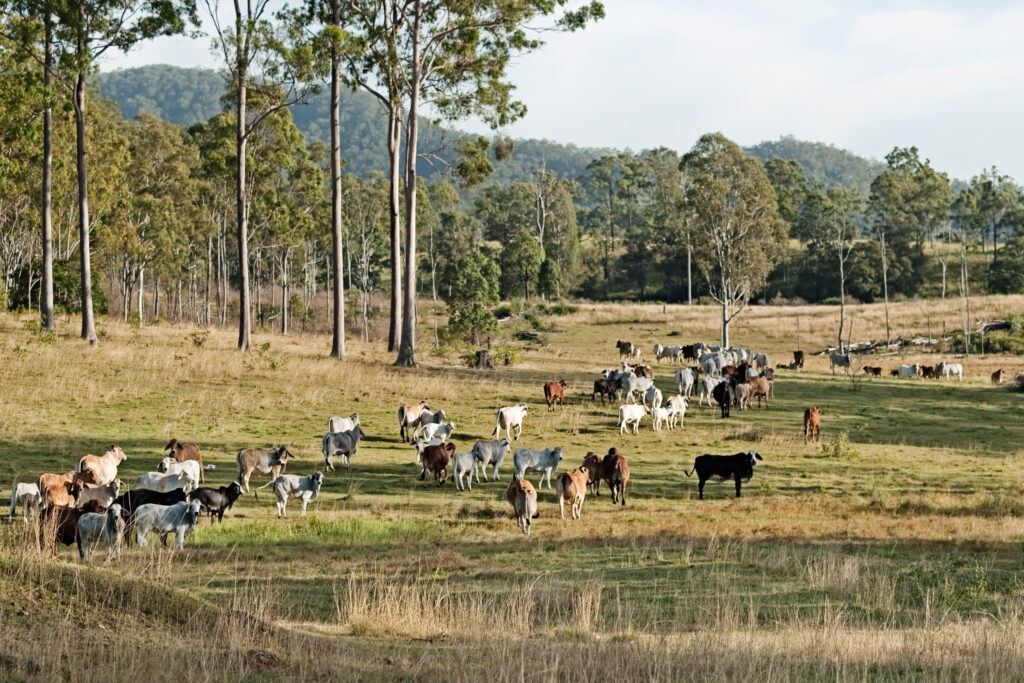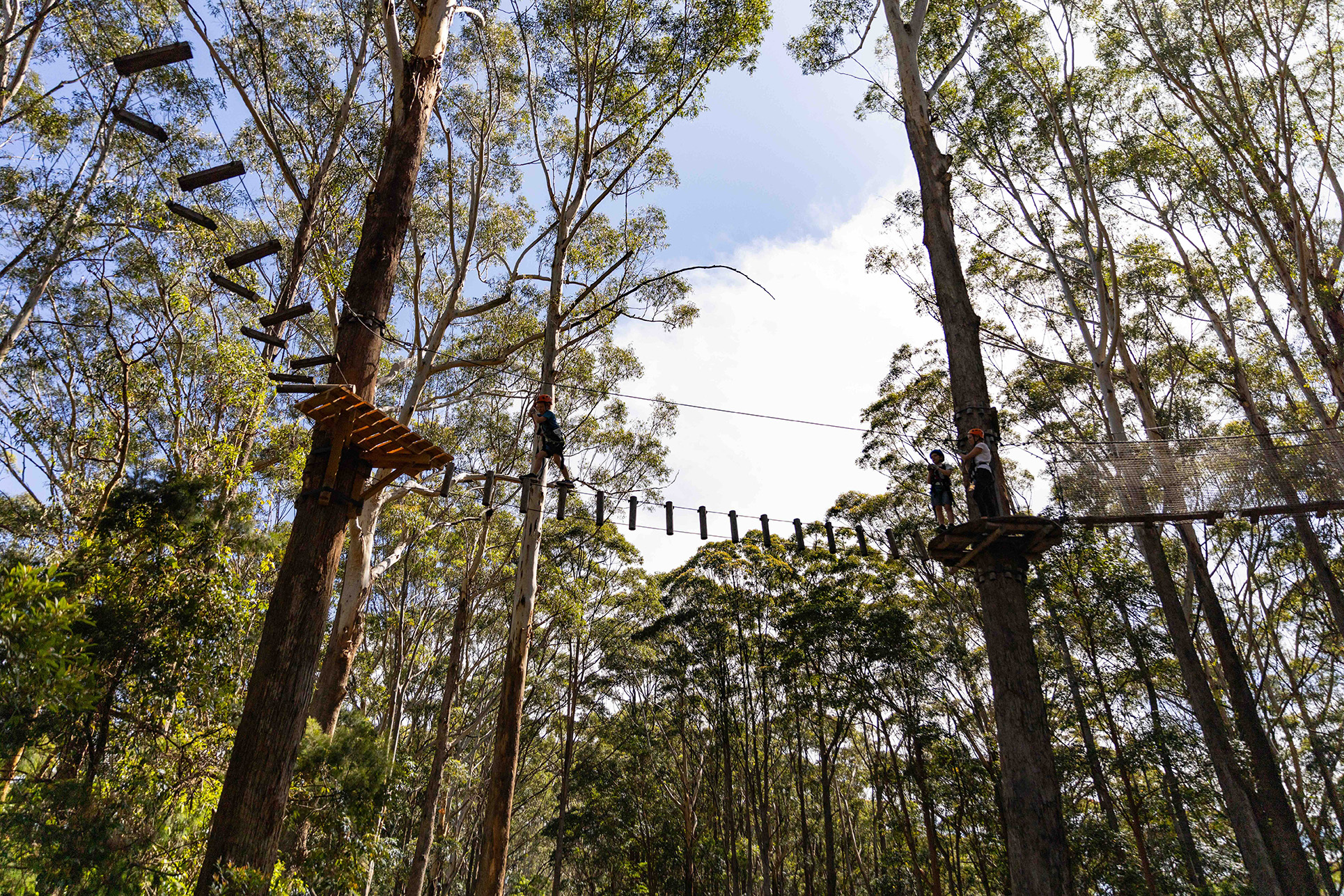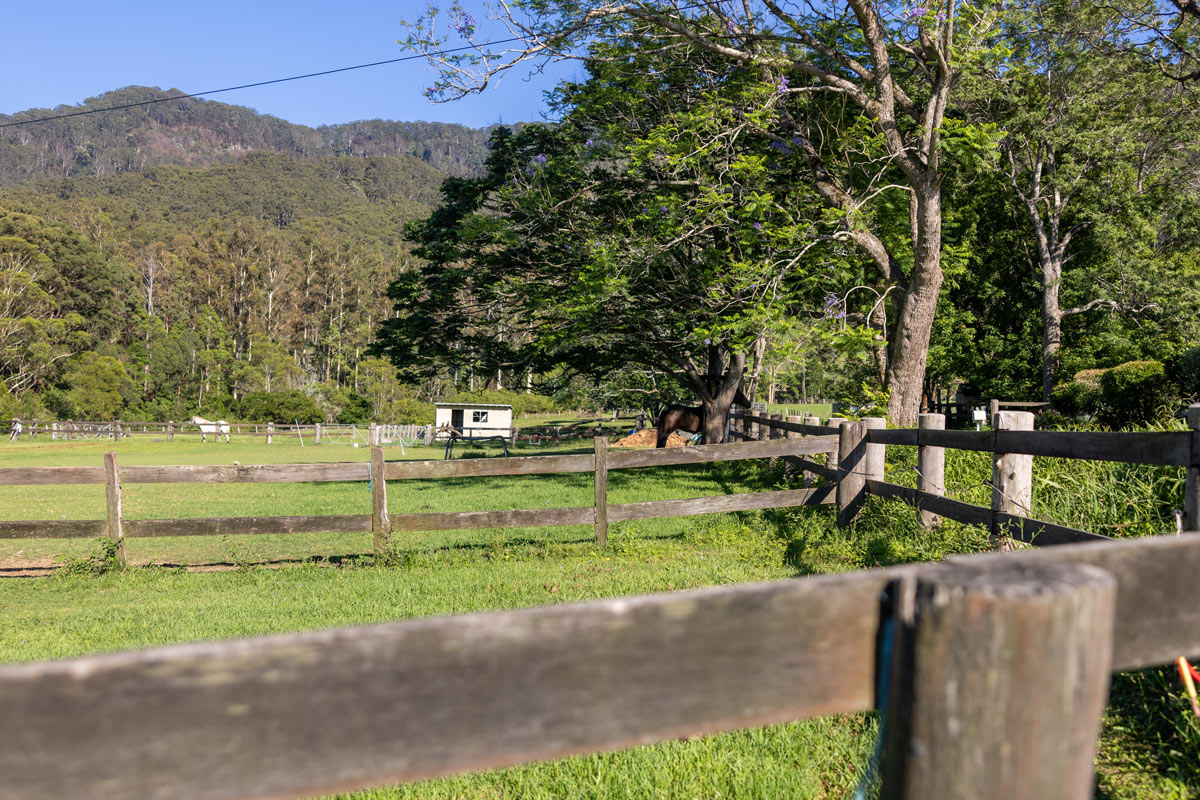Are you a livestock farmer (Agroforestry/Silvopasture) with a privately owned native forest on your property?
Find out how you can effectively manage your native forest for agriculture. By managing your land smartly and repurposing native forest into managed grazing woodland you can diversify your farming income whilst simultaneously ensuring the long-term health and value of your land.
By managing your native forest, grazing livestock and trees can thrive together. In this article, we uncover the benefits of silvopasture (forests and farming) for Northern NSW producers and provide a simple guide on how you can reap the benefits for your farming business.
The Challenge of Raising Livestock in Northern NSW
The cattle industry is often considered a negative contributor to the environment, not only here in Australia but across the globe. It is known that cattle are a significant producer of greenhouse gas (currently around 14% of human-related greenhouse gases), which contributes to climate change. In Australia, we can add to this the clearing of native forest and bushland for pasture, resulting in the loss of precious wildlife habitat, plus historically poor grazing practices which have seen excess sediment enter waterways and damage places like the Great Barrier Reef (WWF, 2022[1]).
However, as WWF identifies there are real opportunities for Australia’s largest rural industry to become a true environmental champion. Since 2005, the beef industry has reduced its emissions by 60% with Meat and Livestock Australia targeting the industry with achieving a zero-carbon footprint by 2030 (ABC [2]).
So how can this be achieved?
Championing Agroforestry and Silvopasture in Northern NSW
Agroforestry is simply the design and management of trees on farmland for the reasons that are important to farmers; provision of shade and shelter, soil and water conservation, wildlife habitat, and landscaping (Agroforestry [3]).
Similarly, silvopasture is one of the oldest known forms of agriculture, combining forestry with pasture, in the form of managed grazing within a woodland. By pasturing livestock within areas of forest, farmers can get double the amount of production out of agricultural land, whilst also contributing to the ecological health of their farm (Permaculture News [4]).
Currently ranked #9 in the top 100 solutions to reversing global warming, silvopasture is a hot topic, excuse the pun. Scientific research shows that pastures strewn with trees sequester five to ten times as much carbon as those that don’t, with a raft of other benefits for farmers to also take advantage of (Project Drawdown [5]).
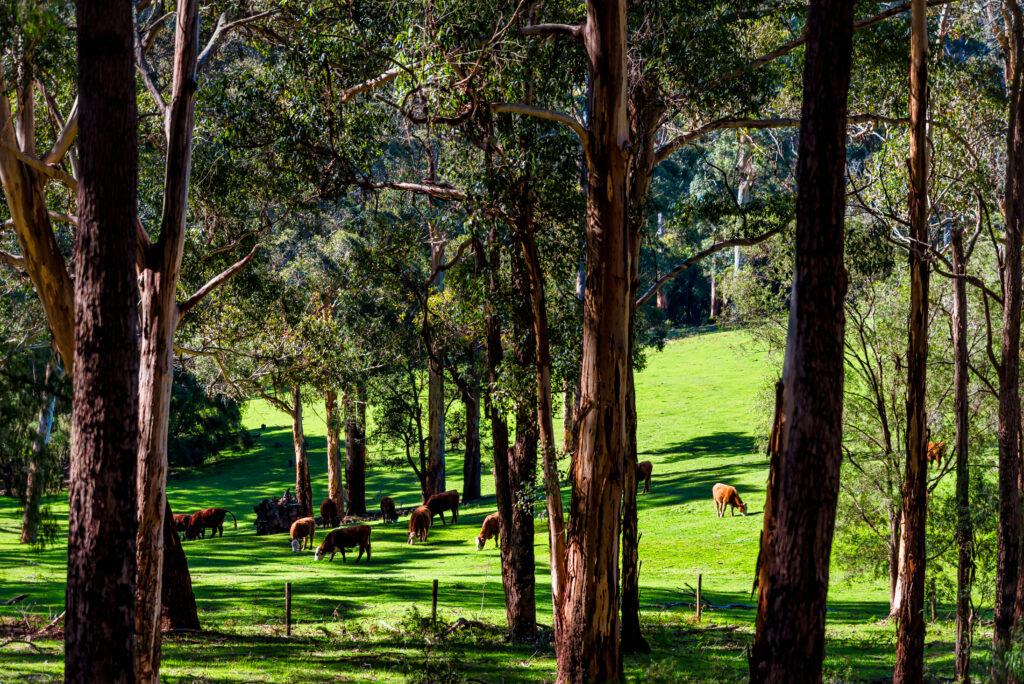
The Benefits of Silvopasture + Agroforestry
- Livestock benefit from added shade and shelter.
- Pasture quality improves due to richer nutrient soil as a result of trees supplying a steady source of organic matter through leaf fall.
- Healthier livestock, improved lambing/calving percentages.
- Healthier ecosystems – waterways, wildlife habitat, and re-introduction of more bird species.
- Potential to achieve carbon neutrality, meet MLA 2030 vision, and become an in-demand carbon-neutral meat producer.
- Long-term forest health and landscape stability, decreasing erosion from wind and water.
- Reduction in requirements for cultivation.
- Improved bushfire mitigation.
- Timber royalties up to $5,000 per hectare for timber harvested as part of a sustainable forest management solution.
- Diversified income through other forest products such as bush foods and oils.
Compiled from a range of sources including Farmers Weekly [6], Sellar Dairy [7], Agroforestry [8], Permaculture News [9], ABC [10], and The Land [11].
So who is doing Agroforestry in Australia?
There are over 700 carbon farming projects on the go in Australia (ABC [12]). A recent survey of Northern NSW landholders found two-thirds of private native forest area was being used for stock grazing, while 60% was used for firewood collection and 30% for timber harvesting. With almost 1 in 5 landholders with private native forests engaged in timber harvesting. (The Land [13])
How do I find out if my native forest is suitable for agroforestry?
You may have the raw ingredients for agroforestry/silvopasture already on your land, but not know how to capitalise on them. That’s where we, SFM, come in.
We are here to help you identify areas of the native forest you could turn into a managed forest for agricultural purposes. We have worked with many primary producers across Northern NSW and SE QLD and are understanding of the challenges and needs of agricultural businesses in our region. We partner with farmers to enable them to maximise the potential of private native forest on their land for a long-term sustainable future for regional Australia.
We encourage you to get in touch with us today for a free no-obligation assessment for opportunities to turn your native forest into a diversified income stream and long-term asset for your farming business. Please Contact Us or call 1300 367 378 today.
We look forward to helping you achieve your silvopasture goals.
For more information on our industry-leading approach to Sustainable Forestry check out our dedicated Sustainability page.
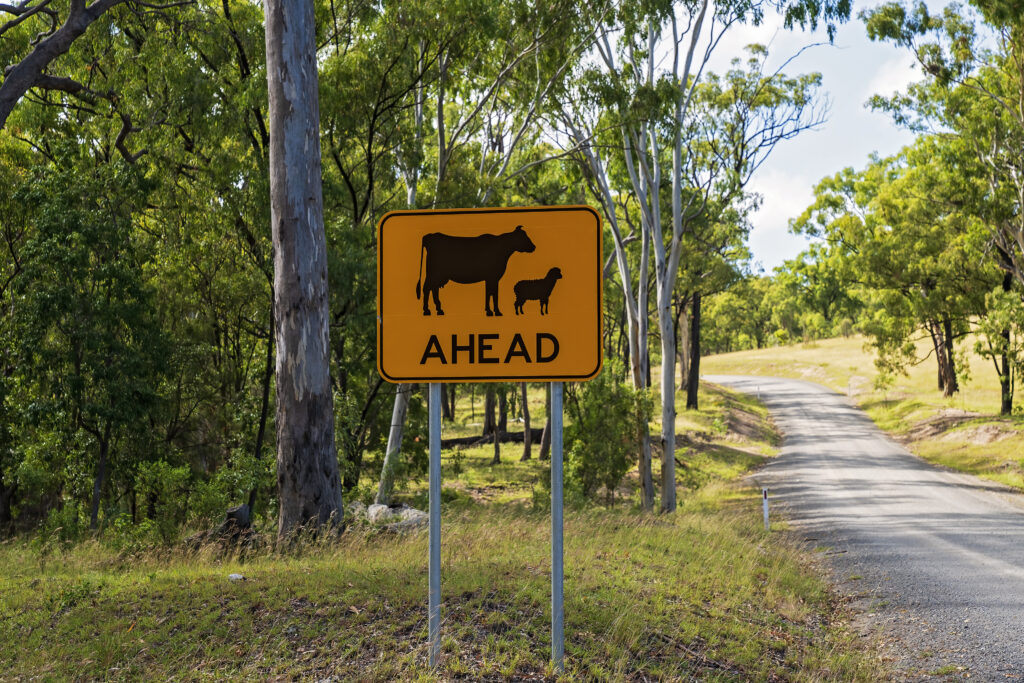
References:
[1] World Wildlife Fund, Australia, https://www.wwf.org.au/what-we-do/food/beef#gs.34sn6j
[2] [10] [12] ABC News, Rural, https://www.abc.net.au/news/rural/2019-06-08/carbon-neutral-livestock-achievable-by-2030-says-mla/11046592
[3] [8] Australian Agroforestry Foundation, https://agroforestry.org.au/
[4] [9] Permaculture Research Institute, https://www.permaculturenews.org/2017/08/02/silvopasture-sustainable-way-raise-large-livestock/
[5] Project Drawdown, https://www.drawdown.org/solutions/food/silvopasture
[6] Farmers Weekly, https://www.fwi.co.uk/business/silvopasture-what-it-is-and-how-it-benefits-livestock-farming
[7] Sellar Farmhouse Creamery, https://www.sellardairy.com.au/2018/12/silvopasture/
[11] [13] The Land, https://www.theland.com.au/story/5312259/tree-change-lls-to-absorb-and-boost-465m-private-native-forestry/
